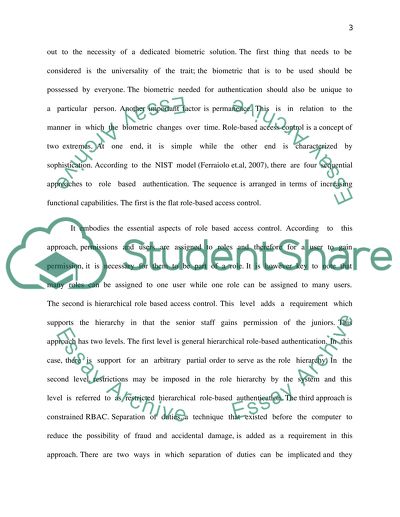Cite this document
(“Biometric Authentication Essay Example | Topics and Well Written Essays - 1750 words - 1”, n.d.)
Biometric Authentication Essay Example | Topics and Well Written Essays - 1750 words - 1. Retrieved from https://studentshare.org/information-technology/1610914-biometric-authentication
Biometric Authentication Essay Example | Topics and Well Written Essays - 1750 words - 1. Retrieved from https://studentshare.org/information-technology/1610914-biometric-authentication
(Biometric Authentication Essay Example | Topics and Well Written Essays - 1750 Words - 1)
Biometric Authentication Essay Example | Topics and Well Written Essays - 1750 Words - 1. https://studentshare.org/information-technology/1610914-biometric-authentication.
Biometric Authentication Essay Example | Topics and Well Written Essays - 1750 Words - 1. https://studentshare.org/information-technology/1610914-biometric-authentication.
“Biometric Authentication Essay Example | Topics and Well Written Essays - 1750 Words - 1”, n.d. https://studentshare.org/information-technology/1610914-biometric-authentication.


